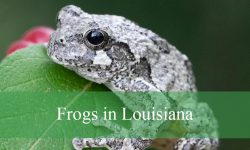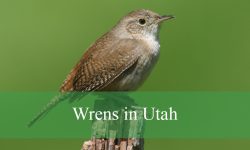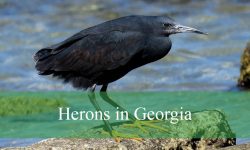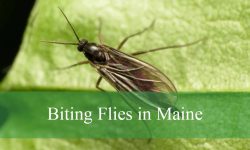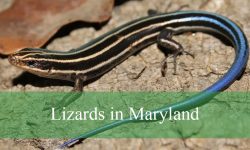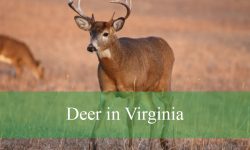Across Pennsylvania, squirrels abound, including the well-known Eastern Gray Squirrel in neighborhoods and the rarely seen flying squirrels in woodland areas. These agile rodents play an important role in the state’s ecosystems by dispersing seeds, aerating soil, and even aiding forest growth.
Squirrels in Pennsylvania vary greatly in size, behavior, and habitat. Tree squirrels like the Eastern Gray and Fox Squirrel are commonly seen during the day, while Red Squirrels defend their food territories aggressively. Flying squirrels are nocturnal gliders, rarely spotted without careful observation at night.
Observing squirrels can be both fun and educational, whether in suburban backyards, open fields, or deep in woodland areas. Understanding their feeding habits, nesting preferences, and seasonal behaviors helps birdwatchers and wildlife enthusiasts know where and when to spot these fascinating animals.
Different Types of Squirrels Found in Pennsylvania
Eastern Gray Squirrel (Sciurus carolinensis)
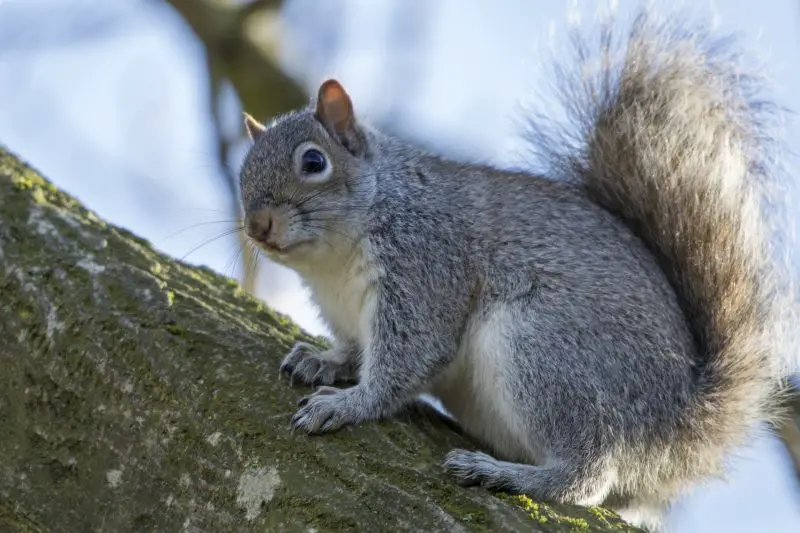
The Eastern Gray Squirrel is the most commonly observed tree squirrel in Pennsylvania. It has predominantly gray fur with white underparts and a long, bushy tail that helps with balance and communication. Its ears are small and rounded, and its large, dark eyes provide excellent vision for spotting predators. The gray squirrel is highly adaptable, making it a familiar sight in both rural woodlands and urban parks.
Adult Eastern Gray Squirrels typically measure 16 to 20 inches in length, including their tails, and weigh between 14 to 21 ounces. They have strong, sharp claws for climbing trees and gripping bark. Both males and females maintain territories but are generally non-aggressive unless competing for food or nesting sites. Their size and agility make them capable of escaping many predators, including hawks and foxes.
Eastern Gray Squirrels are primarily herbivorous, feeding on nuts, seeds, berries, and tree buds. They are also known to eat fungi, insects, and bird eggs on occasion. They are most active during the day, especially in the early morning and late afternoon, and they often store food for winter by burying nuts in the ground. Their food caching behavior is critical to forest regeneration, as some buried nuts germinate into new trees.
They thrive in mixed hardwood forests but have adapted well to suburban and urban environments. Eastern Gray Squirrels are distributed throughout Pennsylvania, from dense forests in the northern regions to city parks in the south. Their flexibility in nesting—using tree cavities or leaf nests called dreys—helps them survive in a variety of habitats.
Fox Squirrel (Sciurus niger)
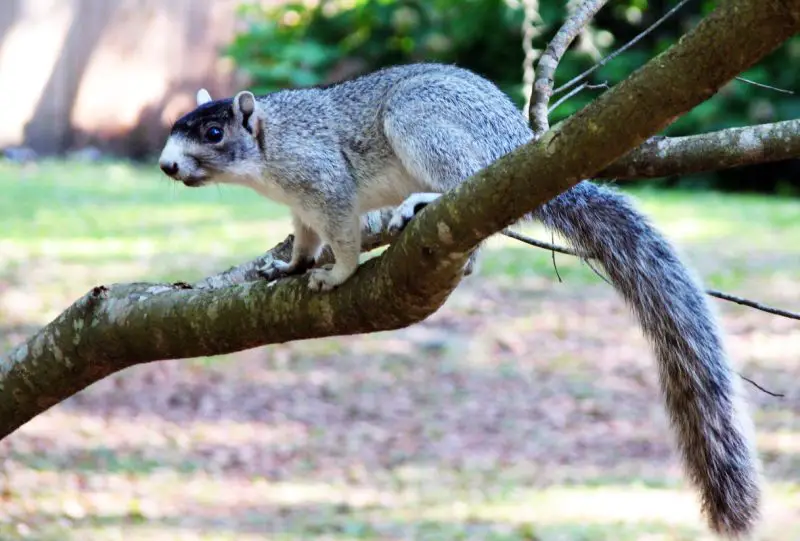
The Fox Squirrel is the largest tree squirrel species found in Pennsylvania. Its fur ranges from reddish-brown to gray, with a yellowish-orange underside, and it has a long, bushy tail that is often reddish. Its larger size and distinct coloration make it easy to differentiate from the more common Eastern Gray Squirrel. Fox Squirrels are known for their bold behavior and can often be observed in open fields and forest edges.
Adult Fox Squirrels measure 18 to 27 inches in length, including the tail, and weigh between 1.5 to 3 pounds. Their large bodies allow them to travel longer distances while foraging. They are agile climbers but are also comfortable on the ground, searching for acorns, seeds, and other nuts. Their strong jaws are capable of cracking hard nuts, and they sometimes cache food in shallow ground burrows.
Fox Squirrels are diurnal and primarily herbivorous, consuming a diet of nuts, seeds, berries, and tree buds. They occasionally eat insects and bird eggs. Unlike gray squirrels, fox squirrels tend to forage more on the ground and are often seen crossing open areas in search of food. They also bury nuts for later consumption, using memory and scent to recover their caches.
This species prefers mixed hardwood forests with open understories and is commonly found in southern and central Pennsylvania. Fox Squirrels are adaptable and have been spotted in urban parks, farmland, and suburban backyards. Their nesting habits include tree cavities, abandoned bird nests, and leaf nests constructed high in trees.
Red Squirrel (Tamiasciurus hudsonicus)
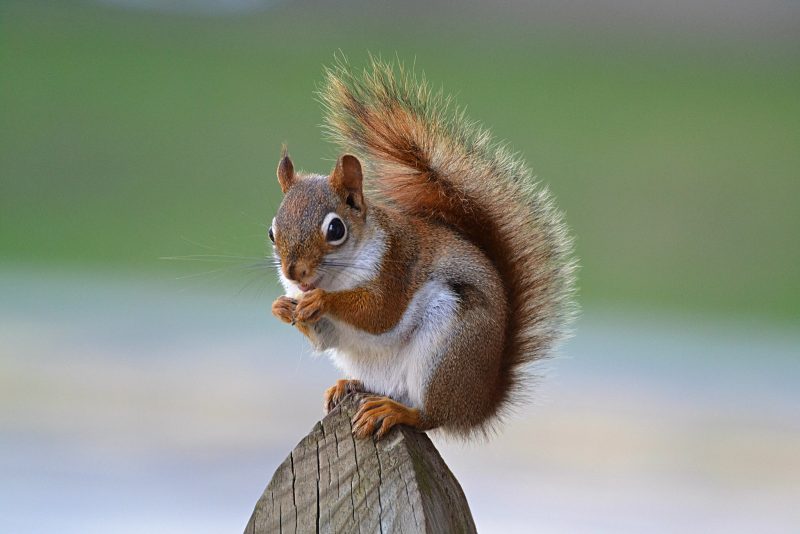
Red Squirrels are smaller than both gray and fox squirrels, with a striking reddish coat and white underparts. They have tufted ears during the winter months and a bushy tail that is slightly shorter than that of the gray squirrel. Their bright coloration and energetic behavior make them easy to identify in Pennsylvania’s forests. Red Squirrels are highly territorial and aggressive, defending their food sources vigorously.
Adults typically measure 7 to 10 inches in body length, with tails adding an additional 5 to 8 inches, and weigh between 5 to 10 ounces. They have sharp claws and strong hind legs for leaping between trees. Their small size allows them to maneuver through dense branches and escape predators quickly, including hawks, owls, and foxes.
Red Squirrels are omnivorous but primarily feed on seeds from conifer cones, nuts, fungi, and berries. They are notorious for raiding bird feeders and occasionally preying on eggs or nestlings. Unlike gray squirrels, red squirrels are very vocal, using chirps and barks to warn rivals and predators. They also store food in small caches called middens, often defending them aggressively.
Red Squirrels favor coniferous and mixed forests, particularly those with a high density of spruce, pine, and fir trees. In Pennsylvania, they are mostly found in northern and higher-elevation forests. Their nests are built in tree cavities or in leaf nests high in the branches, providing shelter from weather and predators.
Southern Flying Squirrel (Glaucomys volans)
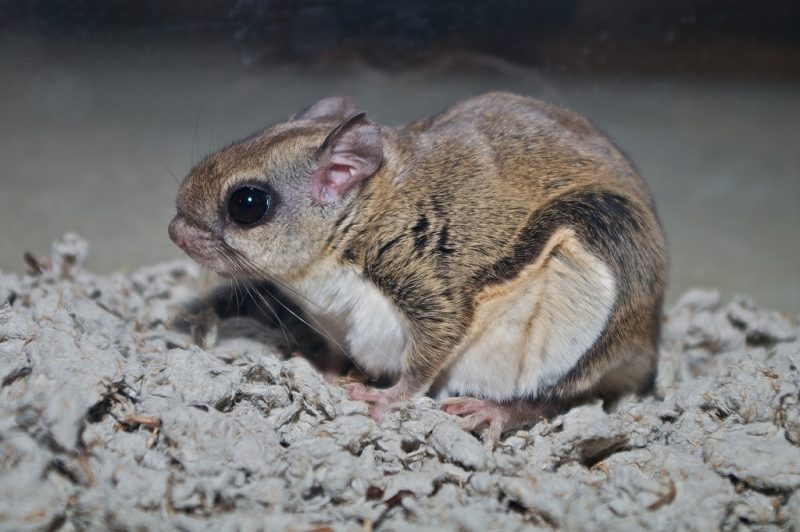
Southern Flying Squirrels are small, nocturnal squirrels known for their gliding ability. They have soft gray-brown fur on their backs and lighter undersides. A membrane of skin called the patagium stretches between their front and hind legs, allowing them to glide distances of up to 150 feet between trees. Their large, dark eyes enhance night vision, making them effective nighttime foragers.
Adults measure 8 to 10 inches in length, with tails adding another 3 to 5 inches, and weigh between 2 to 3 ounces. Their small size and lightweight build are perfect for gliding and maneuvering through dense forests. Despite being small, they are social squirrels, often nesting in groups to conserve warmth during winter months.
Southern Flying Squirrels feed mainly on nuts, seeds, fruits, fungi, and occasionally insects or bird eggs. They are excellent foragers, caching food for the winter in tree cavities or abandoned woodpecker holes. They are strictly nocturnal, avoiding daytime predators such as hawks, owls, and snakes. Their gliding ability allows them to escape threats quickly and efficiently.
These squirrels prefer mature deciduous and mixed forests with plenty of large trees and cavities. In Pennsylvania, they are widely distributed across the state but are most common in forests with abundant hardwoods. They nest in tree cavities, abandoned woodpecker holes, or artificial nest boxes provided in suburban woodlands.
Northern Flying Squirrel (Glaucomys sabrinus)
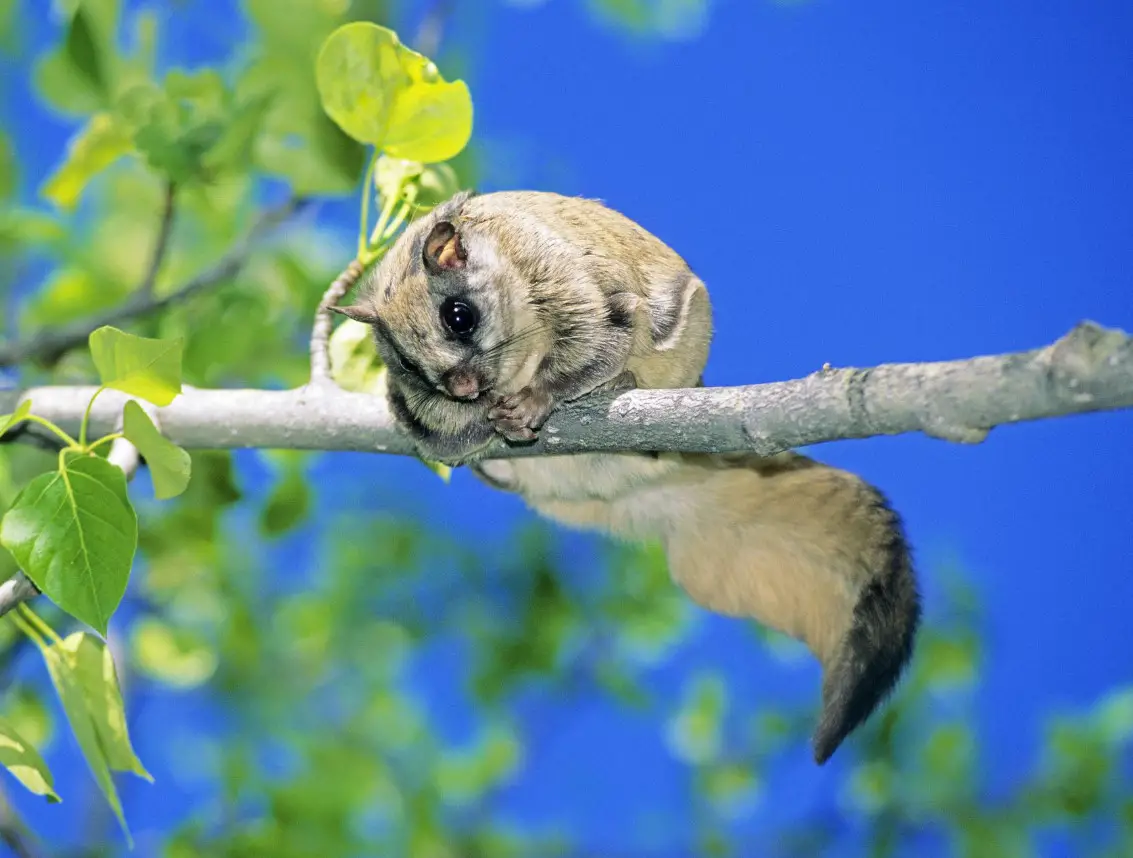
The Northern Flying Squirrel is larger than the Southern Flying Squirrel, with soft gray-brown fur and a slightly paler underside. Like other flying squirrels, it has a patagium, a gliding membrane stretching from the wrists to the ankles, which allows it to glide between trees. Its large, dark eyes provide excellent night vision, essential for its nocturnal lifestyle. This species is rarer in Pennsylvania, mostly inhabiting northern and high-elevation forests.
Adults measure 9 to 11 inches in body length, with tails adding 4 to 6 inches, and weigh around 3 to 5 ounces. Their lightweight bodies and large tail help them glide long distances while maintaining balance. Northern Flying Squirrels are social, often nesting communally in tree cavities or abandoned nests to conserve warmth during the colder months.
Northern Flying Squirrels are omnivorous. Their diet includes nuts, seeds, fungi, fruits, insects, and occasionally bird eggs. They are particularly important for forest ecology because they disperse fungal spores that help trees absorb nutrients. These squirrels are nocturnal, foraging mostly at night, which allows them to avoid many predators such as owls, foxes, and snakes.
In Pennsylvania, Northern Flying Squirrels are mainly found in mature coniferous or mixed forests in the northern part of the state. They rely on tree cavities, abandoned woodpecker holes, or nest boxes for shelter. Their habitat preference for older forests with dense canopies makes them more sensitive to habitat loss compared to their southern counterparts.
Groundhog (Marmota monax)
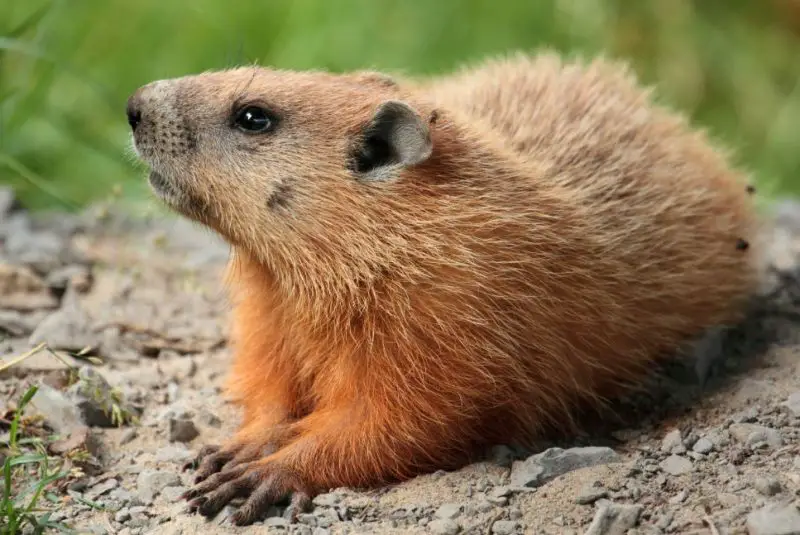
The Groundhog, also known as a woodchuck, is a large, burrowing ground squirrel native to Pennsylvania. It has a stocky body covered in brownish-gray fur and a short, bushy tail. Its small ears, strong claws, and powerful limbs are adapted for digging extensive burrows, which provide shelter from predators and harsh weather. Groundhogs are primarily terrestrial and are not known for climbing trees.
Adults typically measure 16 to 26 inches in length, including the tail, and weigh between 5 to 14 pounds. Their large size allows them to store fat for hibernation during the winter months. They are solitary animals, and their burrows can be complex, with multiple entrances and chambers for sleeping, nesting, and waste.
Groundhogs are mostly herbivorous, feeding on grasses, clover, vegetables, and garden plants. They occasionally consume insects and other small invertebrates. They forage during the day, using their keen sense of smell to locate edible vegetation. Predators include foxes, coyotes, bobcats, and birds of prey. Groundhogs use their burrows as a primary defense against threats.
In Pennsylvania, Groundhogs are widely distributed in open fields, forest edges, and suburban areas. Their burrowing activities help aerate soil but can sometimes conflict with human land use. They hibernate during winter, emerging in early spring to feed and reproduce, making them one of the most visible ground squirrels in the state.
Eastern Chipmunk (Tamias striatus)
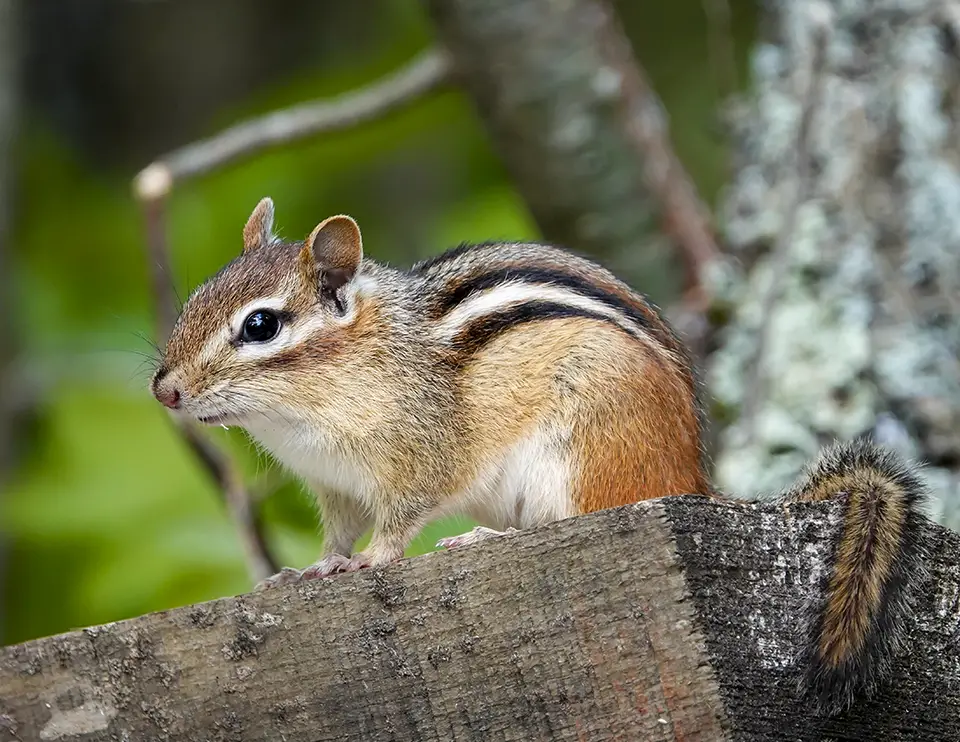
The Eastern Chipmunk is a small, striped ground squirrel common throughout Pennsylvania. Its fur is reddish-brown with distinctive black and white stripes running down its back. It has a small, bushy tail and large cheek pouches for storing food. Chipmunks are highly energetic and vocal, often making chattering sounds to warn of danger or defend territories.
Adults measure 5 to 6 inches in body length, with tails adding 3 to 4 inches, and weigh around 2 to 5 ounces. They are agile and fast runners, capable of darting between cover to escape predators. Their small size allows them to enter narrow burrows, which serve as both nesting sites and food storage areas.
Chipmunks are omnivorous, eating nuts, seeds, fruits, fungi, and occasionally insects or bird eggs. They gather and store food in underground burrows to survive the winter months. They are mostly diurnal, active during the day, and are known for their energetic foraging and vocalizations. Predators include hawks, snakes, foxes, and domestic cats.
Eastern Chipmunks thrive in deciduous and mixed forests, as well as suburban areas with dense shrubs. In Pennsylvania, they are found statewide and construct elaborate burrows with multiple entrances, chambers for nesting, and storage areas for food. Their burrowing and foraging play an important role in seed dispersal and soil aeration.
Best Time and Places to Observe Squirrels in Pennsylvania
Squirrels are most active during the daytime, especially in the early morning (around sunrise) and late afternoon (before sunset). These periods are when they forage for food, cache nuts, and move between trees. Flying squirrels, however, are nocturnal, so the best chance to observe them is at night using a low-light flashlight near forested areas.
The best habitats for observing squirrels vary by species:
-
Eastern Gray and Fox Squirrels are commonly seen in urban parks, suburban backyards, and mixed hardwood forests across Pennsylvania. Open spaces near trees or feeders are ideal spots.
-
Red Squirrels are more easily spotted in coniferous and mixed northern forests, often near spruce, pine, or fir trees. They are aggressive and vocal, making them easier to locate.
-
Flying Squirrels are mostly seen in mature deciduous and mixed forests, often near tree cavities or nest boxes, though nighttime observation is required.
-
Groundhogs are visible in open fields, forest edges, and suburban lawns, especially in spring and summer when they emerge from hibernation.
-
Eastern Chipmunks are abundant in deciduous forests, woodland edges, and shrub-filled suburban areas, where they dart around quickly in search of food.
Seasonal behavior also affects sightings: squirrels are more active in spring and fall, during the breeding season and food storage periods. In winter, tree squirrels are still active but may be harder to spot in snowy conditions, while groundhogs and chipmunks hibernate.
FAQs About Squirrels in Pennsylvania
What is the most common squirrel in Pennsylvania?
The Eastern Gray Squirrel is the most abundant species statewide and can be seen in both urban and rural areas.
Are there any flying squirrels in Pennsylvania?
Yes, both the Southern Flying Squirrel and the rarer Northern Flying Squirrel inhabit the state. They are nocturnal and glide between trees using a skin membrane called a patagium.
What do squirrels eat in Pennsylvania?
Squirrels are primarily herbivorous. Tree squirrels eat nuts, seeds, berries, and fungi, while ground squirrels like chipmunks and groundhogs consume vegetables, fruits, and occasionally insects or bird eggs.
Can squirrels be observed in urban areas?
Yes, Eastern Gray Squirrels, Fox Squirrels, and Chipmunks adapt well to urban and suburban environments. Bird feeders and backyard trees are excellent spots to watch them.
When is the best time to see squirrels?
Most squirrels are diurnal, active during early morning and late afternoon. Flying squirrels are active at night, so low-light conditions are required to spot them.
Do squirrels hibernate in Pennsylvania?
Tree squirrels and chipmunks do not fully hibernate but may stay in their nests during extreme cold. Groundhogs hibernate from late fall to early spring.
Are any Pennsylvania squirrels endangered?
All common squirrels in Pennsylvania, including Eastern Gray, Fox, Red, and chipmunks, are not endangered. The Northern Flying Squirrel is rare but not currently listed as endangered in the state.

